Graft versus host disease (GVHD)
What is graft versus host disease (GvHD)?
GvHD is a common complication that can occur after a blood stem cell (also known as bone marrow) transplant using donor cells. These are called allogeneic transplants. An allogeneic transplant is a lifesaving treatment for people with leukemia, lymphoma, and other cancers.
The donor cells form the person’s new immune system. There are small differences between the new immune system and the cells in the body after an allogeneic transplant.
GvHD occurs when the donated cells (the graft) see your body cells (the host) as unfamiliar cells that need to be destroyed. This is different to a solid organ transplant when the host can reject/attack the donated organ.
The treatment team will assess for GvHD as part of follow up care for an allogeneic transplant.
Who develops graft versus host disease?
It is difficult to predict who will be affected by GvHD and who won’t.
Between half to a third of all people who have an allogeneic transplant develop some symptoms of GvHD.
People are more likely to develop GvHD if:
- they are older
- they have had a splenectomy
- the pre-transplant treatment is reduced intensity
Their donor
- was not a perfect match or not related to them
- was older
- has been pregnant
- is a different sex
- is positive for a common virus called cytomegalovirus (CMV)
Types of graft versus host disease?
GvHD can range from mild to severe and can affect quality of life. It can develop early (acute) or late (chronic) post-transplant, it can be one type or both types at the same time.
- Acute GvHD: typically happens within the first 100 days post-transplant. There is also late acute GvHD which starts after day 100.
- Chronic GvHD: happens more than 100 days post-transplant.
- Overlap syndrome: occurs when both acute and chronic GvHD are present.
GvHD is given a staging and grading by your treatment team, this is used to guide treatment and monitor improvement. The stage and/or grade of GvHD is determined by if it is acute and/or chronic GvHD, symptoms, test results and the number of organs involved.
Preventing graft versus host disease
- The transplant team make sure the donor is as closely matched as possible. This is called tissue typing and helps reduce the risk of developing GvHD.
- Your treatment team for allogeneic transplant, will prescribe anti-rejection drugs called immunosuppressants. These suppress the ‘new’ (donor) immune system. You will take these drugs before, during and for some time after the transplant.
- It is important that you continue to take the immunosuppressant medications as instructed by the treatment team to reduce the likelihood of developing GvHD.
When is graft versus host disease likely to occur?
- When medication that suppresses the immune system is reduced, usually a few months after the transplant. This enables the new immune cells to become more active and they may identify a difference in the host cells. The new immune system then attacks the unfamiliar host cells.
- If you have a donor lymphocyte infusion (DLI), using white blood cells from the donor, this may be required if your disease comes back after a donor transplant.
Treatment for graft versus host disease
Treatment for GvHD may include additional medications to further suppress the new immune system.
The treatment for GvHD depends on several factors:
- the organs of the body involved,
- severity of symptoms, grade/stage of GvHD
- preventative treatment used
- how the body responds to the different lines of therapy
- balance between treating GvHD and the importance of the graft-versus-tumour effect.
Medications commonly used:
1. Steroids:
This is the most common treatment for GvHD. Steroids suppress your immune response and reduce inflammation.
- prednisolone, which you take as a tablet
- methylprednisolone, which you usually have as an injection into a vein
- steroid creams to reduce skin GvHD
- steroid eye drops for GvHD affecting the eye
2. Calcineurin inhibitors:
- such as Tacrolimus and Cyclosporin
- These medications are used during and post stem cell transplant to suppress your immune system, they are also used to treat GvHD.
3. Purine analogs:
- such as Mycophenolate mofetil
- These medications work by reducing the activity of the immune system to treat GvHD.
Extracorporeal photopheresis (ECP) also known as light therapy:
- you may have ECP after other treatment has not worked or has stopped working.
- ECP is a complicated process, and it may take up to 6 months before you see any real improvement in symptoms.
- From March 1, 2022, ECP using the drug methoxalen will be available for patients with chronic GvHD following an allogeneic stem cell transplant in Australia at limited treatment centres.
Clinical trials and research:
- There are ongoing studies focusing on the best ways to prevent and treat GvHD. Your treatment team can help determine which clinical trials may be an option.
- For information on clinical trials see Clinical Trial Refer and Australian Clinical Trials.
Your treatment team will decide on the best treatment for you. More information can be found here.
What are the commonly affected organs and management of GvHD
Acute GvHD most commonly affects the skin, liver, and the gastrointestinal tract (the gut).
Chronic GvHD commonly affects the skin, mouth, eyes, lungs, gut (stomach and bowel) and liver as well as other organs.
It is important that any signs and symptoms of GvHD are reported to the treatment team as soon as possible. GvHD is a common reason for being readmitted to hospital in the first year following an allogeneic transplant.
Skin
Eyes
Gut (gastrointestinal tract) – GvHD can affect the oesophagus (food pipe), stomach and bowel.
Mouth
Lungs
Liver
Genitals (such as the penis, vulva or vagina)
Muscle and joints
.
Last updated on May 24th, 2024
Developed by the Leukaemia Foundation in consultation with people living with a blood cancer, Leukaemia Foundation support staff, haematology nursing staff and/or Australian clinical haematologists. This content is provided for information purposes only and we urge you to always seek advice from a registered health care professional for diagnosis, treatment and answers to your medical questions, including the suitability of a particular therapy, service, product or treatment in your circumstances. The Leukaemia Foundation shall not bear any liability for any person relying on the materials contained on this website. Signs and Symptoms
Signs and Symptoms  Signs and Symptoms
Signs and Symptoms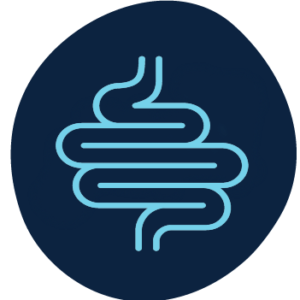 Signs and Symptoms
Signs and Symptoms Signs and Symptoms
Signs and Symptoms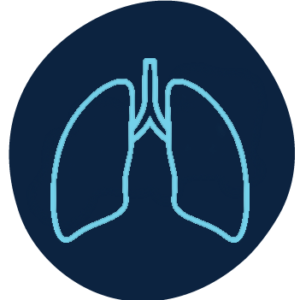 Signs and Symptoms
Signs and Symptoms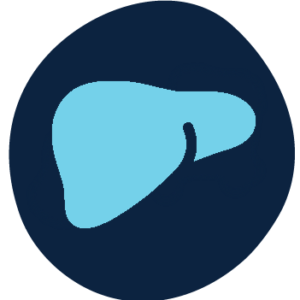 Signs and Symptoms
Signs and Symptoms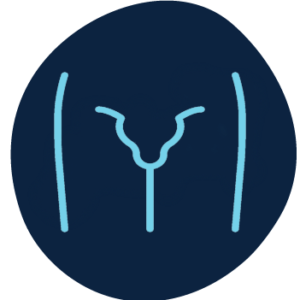 Signs and Symptoms
Signs and Symptoms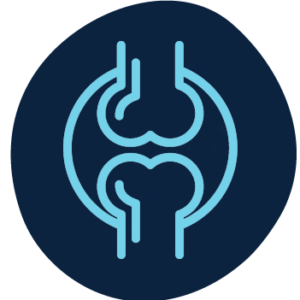 Signs and Symptoms
Signs and Symptoms